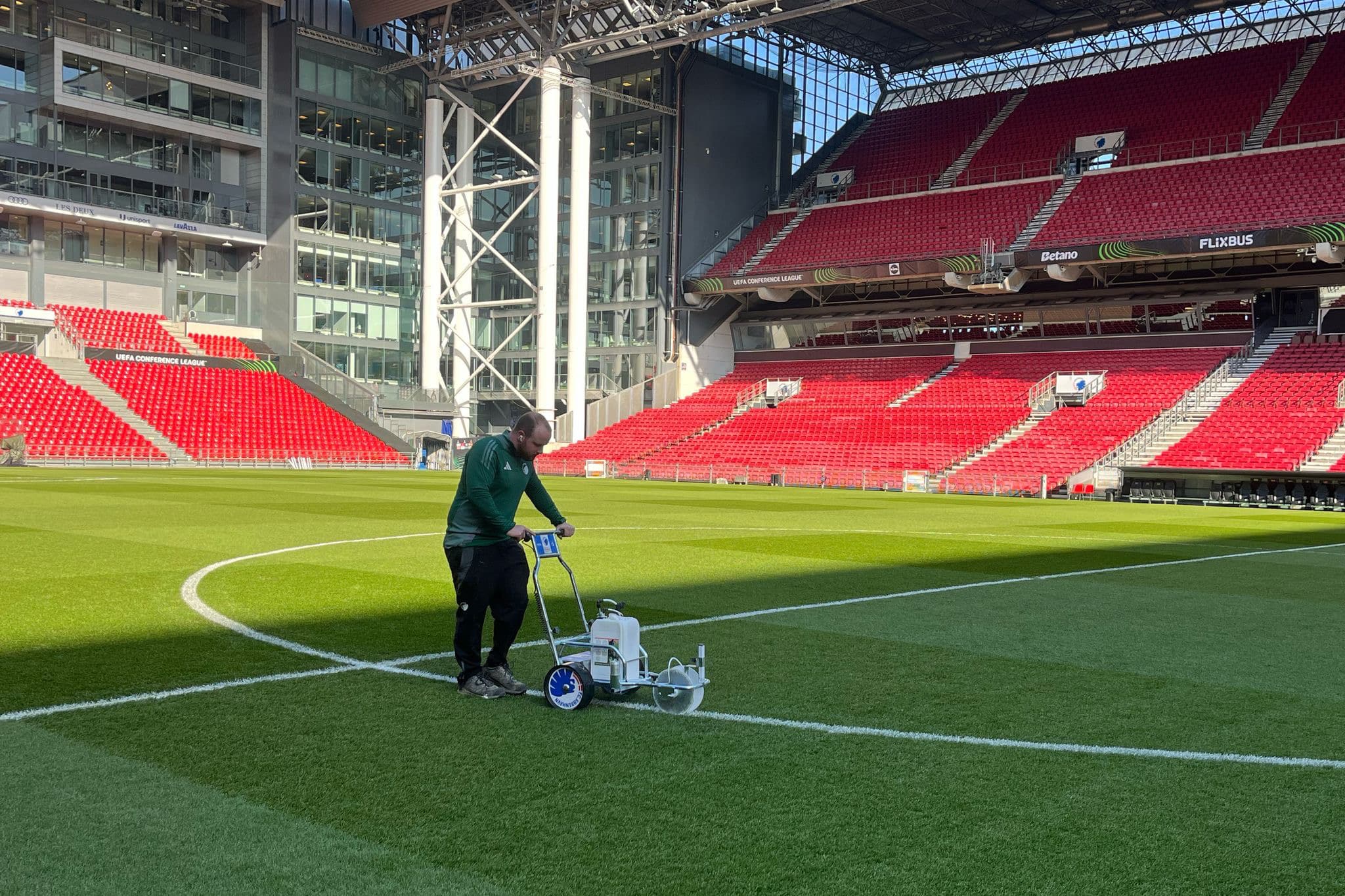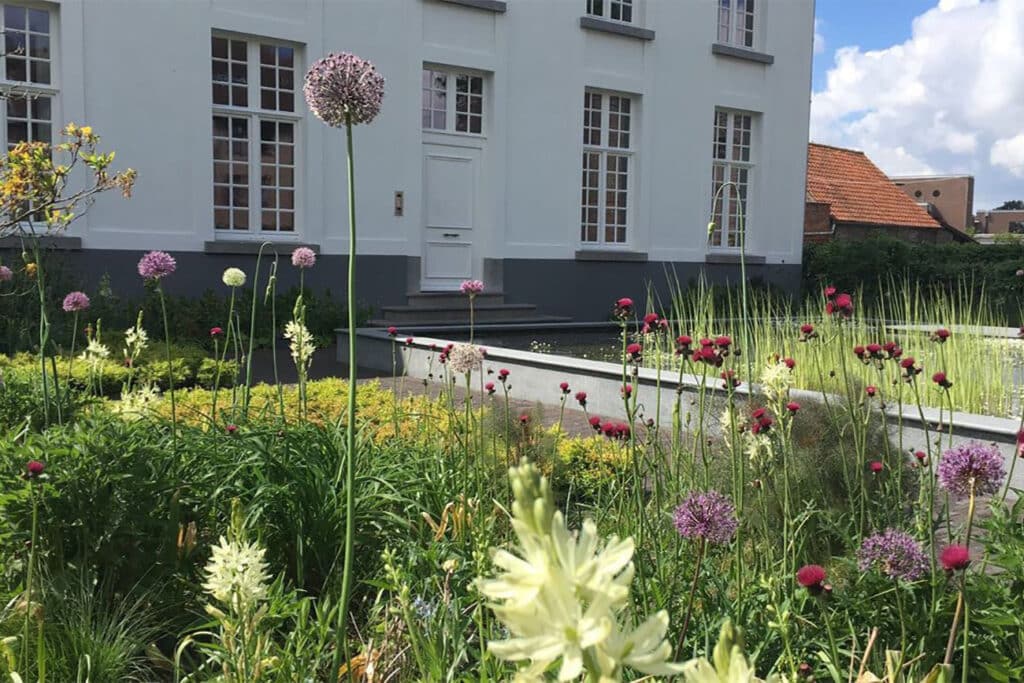
Go against nature, and you always lose
Edible gardens, more than just vegetable gardens
The renowned Bruges garden architect Jan Maenhout has been designing beautiful gardens since 1986. He graduated from the Higher National Institute for Horticulture and took his first steps in the green sector by designing, laying out and maintaining private gardens. Later, he devoted himself almost exclusively to the design of private and semi-public gardens. He is also no stranger to Floralies, both in Belgium and the Netherlands. Together with the renowned master florist Daniel Ost, he even found his way to Thailand...
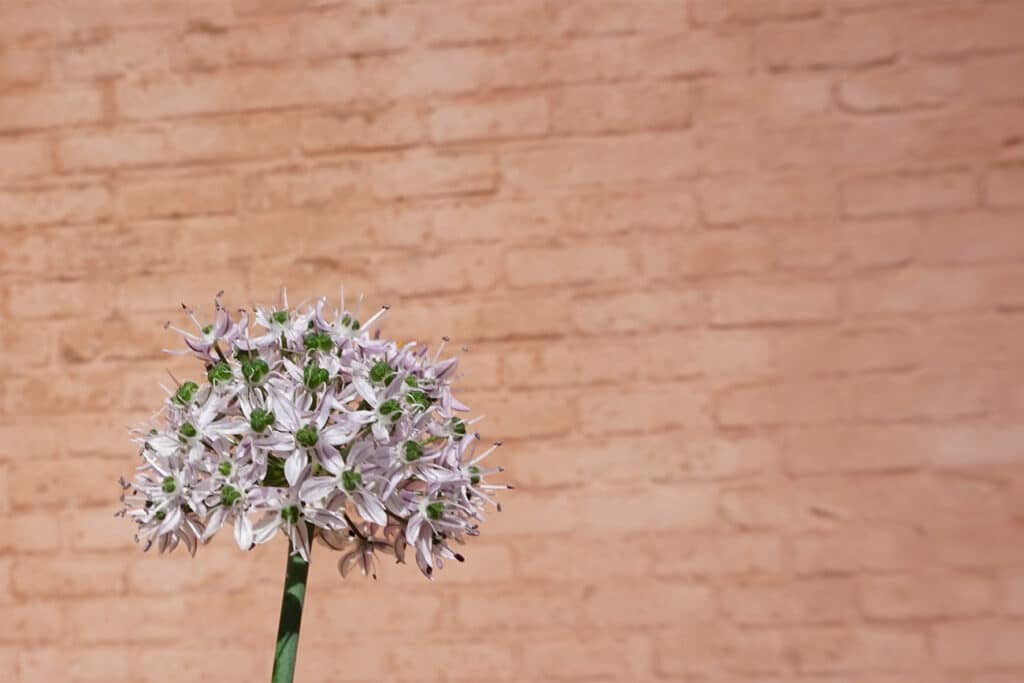
Jan Maenhout: "Meanwhile, especially in the last six years, I have returned a bit to my roots. In the winter of my career, I am actually practicing my original hobby again: doing the construction of projects myself. You can take that literally, by the way. For some jobs, I spend days and weeks on my knees, putting the seeds and plant bulbs in the ground myself. I get a lot of satisfaction out of that. I've been doing that since I was a kid: trying things out, growing new or 'forgotten' species... We're also facing enormous changes in our industry, partly due to climate change, and that creates opportunities. You see crops appearing that we never saw here before. And you better capitalize on that. Because if you go against nature, that's a race you will always lose!"
'Forgotten' plant knowledge
"In the beginning, plant knowledge was hugely important. But I notice that that elementary competence has declined a bit. Even in most existing courses. This is logical, by the way. It is first and foremost a question of supply and demand, but the financial aspect also plays a big role. Because creating a pure plant garden requires a lot of time, not only in construction, but also in growth and maintenance. And time is money. Many customers want to see results right away, so alternatives are quickly chosen. Think of swimming ponds and pools. Soon you may also count padel courts among them."
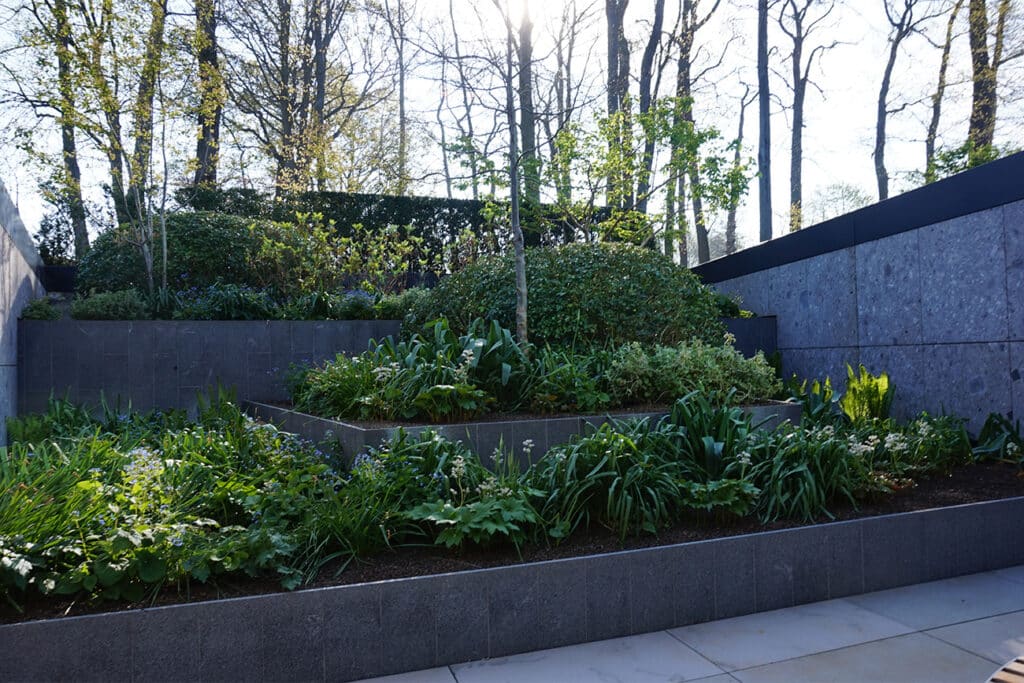
A true craft
"Thorough plant knowledge also takes time. It is still truly a craft. I call that my non-productive hours. Reading books, gathering knowledge, especially about things that are less in the commercial circuit. And to be honest, that has also been my salvation a bit. Because now I am doing projects that I would never have had to start otherwise, where that knowledge about bulbous and tuberous crops, for example, is primordial. And those are also jobs that are perpetuated; not going by once, delivering all the work, and moving on to the next one. No, a true artisanal plant garden is not only beautiful to look at, it evolves with the seasons and for the person who lives - or works in such a garden! - absolutely never bores. Satisfaction, in other words."
Sharing knowledge
"By the way, I am happy to share my knowledge. Meanwhile, at PCLT - Praktijkcentrum voor Land- en Tuinbouw in Roeselare - I teach a course to garden professionals as well as colleagues. That immediately obliges me to 'keep up' with all the existing knowledge, but also with the latest developments. In my few 'free' hours, I spend a lot of time reading. I have a seriously extensive library, covering just about every plant family in existence. Not infrequently a bulky reference work per family and/or species. A real life's work."
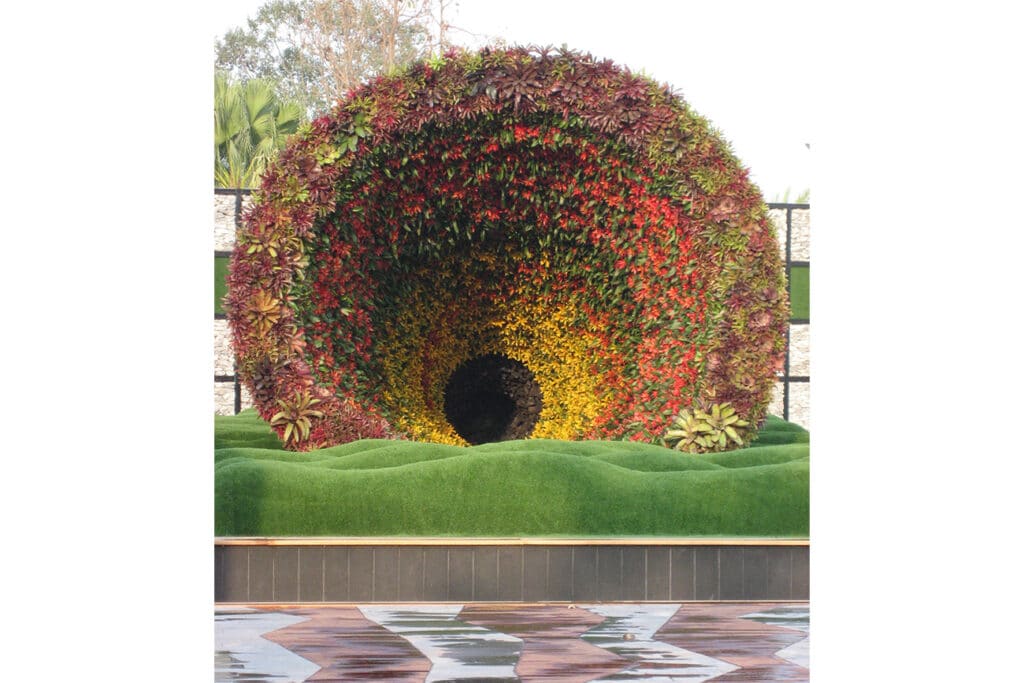
Edible gardens
"What I've noticed lately is that (especially younger) clients are going back to the concept of 'edible' gardens. In the past, fences were installed behind which vegetables and herbs were then grown. And that is returning in a different form. Probably spurred by top chefs who have started growing their own herbs and plants. Because the products they want to work with are increasingly difficult to find on the market. Or too expensive, or not good enough quality. Like different kinds of mint, thyme... You see that now more and more privately, too. And I don't mean the classic vegetable garden, with rows of salad, carrots, tomatoes... But really aesthetically pleasing top gardens. The food forest principle, but in private garden format. Gardens where children play, where you live, enjoy, party - but with 'edible' pieces. A good evolution!" concludes Jan.


